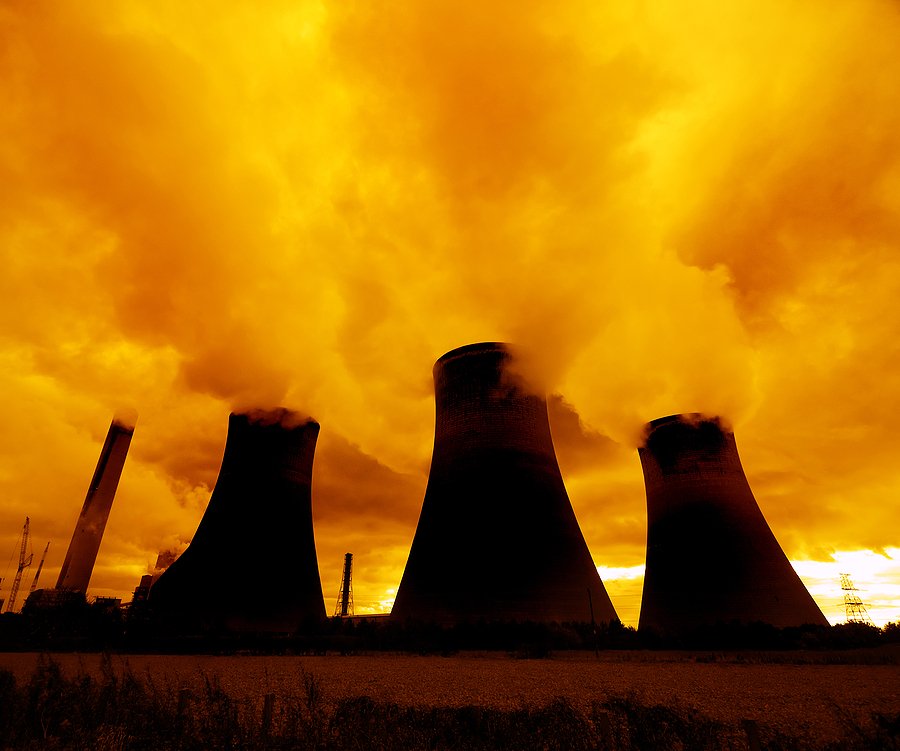The U.S. Environmental Protection Agency has approved the Department of Energy’s plan to excavate two large new storage areas for nuclear waste at a site in southeastern New Mexico, expanding the nation’s only permanent radioactive waste repository.
Chuck McCutcheon reports for Axios.
In short:
The EPA agreed with the Energy Department’s proposal to expand the Waste Isolation Pilot Plant (WIPP) by constructing two new underground panels, each with seven rooms designed to hold waste from nuclear weapons production. The Energy Department cited a need to recover storage space lost after a 2014 incident that forced a two-year shutdown, and said modeling shows the expansion will not lead to unacceptable radiation releases. Critics argue the move contradicts WIPP’s original intent as a limited-duration pilot project and say it further entrenches southeastern New Mexico as the country’s de facto nuclear dumping ground.
Key quote:
“‘Pilot plant’ means it was supposed to be the first of many repositories — not the only one.”
— Don Hancock, director of the nuclear waste safety program at Southwest Research and Information Center
Why this matters:
The expansion of WIPP reflects a growing national dilemma over how and where to safely store nuclear waste. As the U.S. leans more heavily on nuclear energy to meet rising electricity demands and reduce carbon emissions, the question of long-term radioactive waste disposal becomes more urgent. WIPP, located deep in a salt formation in New Mexico, was never meant to be the final or sole resting place for the country’s nuclear debris. Local residents and watchdog groups fear the region is being saddled with environmental risks others don’t want to share. Radiation exposure, groundwater contamination, and long-term storage safety remain key concerns for communities living near such sites.
Related: Supreme Court clears path for temporary nuclear waste storage in Texas and New Mexico
